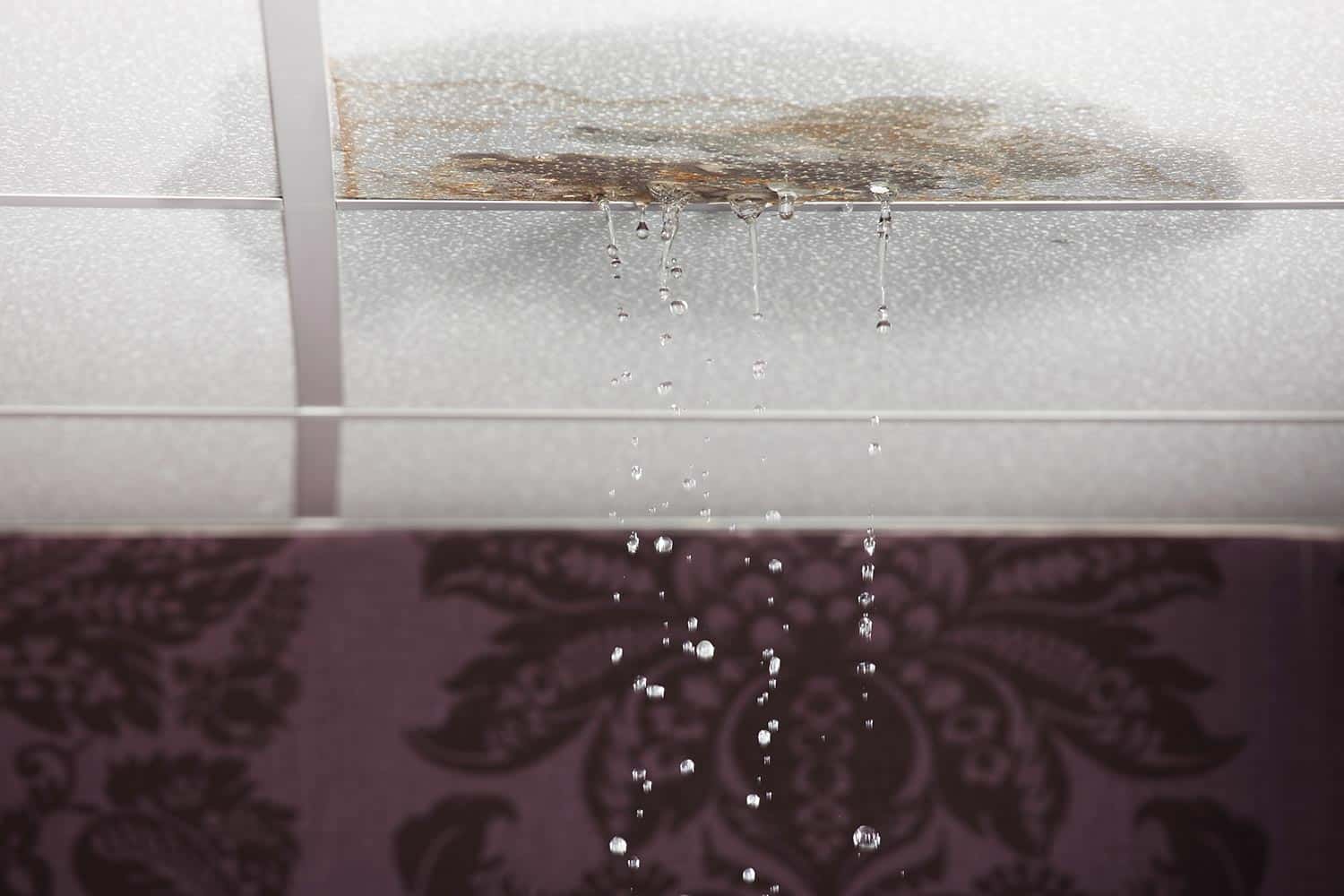

Articles
Why Is My Basement Ceiling Leaking
Modified: December 7, 2023
Read articles on why your basement ceiling is leaking and find solutions to fix the problem. Avoid further damage to your home with expert advice.
(Many of the links in this article redirect to a specific reviewed product. Your purchase of these products through affiliate links helps to generate commission for Storables.com, at no extra cost. Learn more)
Introduction
Having a leak in your basement ceiling can be a frustrating and worrisome issue. Not only does it create a mess, but it can also lead to more severe problems such as structural damage, mold growth, and damage to your personal belongings. Understanding the signs, causes, and solutions for a leaking basement ceiling is crucial for homeowners to proactively address this issue and prevent further damage.
In this article, we will explore the common signs of a leaking basement ceiling, the underlying causes of this problem, and the steps you can take to fix and prevent basement ceiling leaks. By the end, you will have the knowledge and tools to effectively deal with this issue and protect your home.
Key Takeaways:
- Early detection of basement ceiling leaks is crucial to prevent structural damage, mold growth, and costly repairs. Signs such as water stains, musty odors, and peeling paint should prompt immediate action to address the issue.
- Preventing basement ceiling leaks involves regular maintenance, proactive measures, and addressing common causes such as plumbing issues, foundation cracks, and roofing problems. By implementing preventive steps, homeowners can significantly reduce the risk of water damage and preserve the integrity of their homes.
Read more: Why Is My HVAC Leaking
Signs of a Leaking Basement Ceiling
Identifying the signs of a leaking basement ceiling is essential to address the problem promptly. Here are some common signs to watch out for:
- Water stains: One of the most apparent signs of a leaking basement ceiling is the presence of water stains. These stains usually appear as discolored patches or streaks on the ceiling. They can vary in size and color, ranging from yellowish-brown to dark brown or black.
- Drips or water puddles: If you notice dripping water or find standing water on the basement floor beneath the ceiling, it is a clear indication of a leak. This can be accompanied by a dripping sound or constant water puddling.
- Musty odor: A leaky basement ceiling can cause excess moisture, leading to a musty or moldy smell. If you notice a persistent unpleasant odor in your basement, it is important to investigate and address the issue promptly.
- Peeling or bubbling paint: When water seeps through the ceiling, it can cause the paint to peel, bubble, or blister. These abnormalities in the paint can be a sign that water is infiltrating the ceiling materials and causing damage.
- Visible mold or mildew: Excess moisture from a leaking basement ceiling can create an ideal environment for mold and mildew growth. If you notice visible mold or mildew on the ceiling or walls, it is a clear indication of a moisture problem that needs to be addressed.
- Warped or sagging ceiling panels: When water penetrates the ceiling, it can cause the panels to warp or sag. This can be observed as a noticeable change in the shape or appearance of the ceiling, indicating water damage.
If you notice any of these signs in your basement, it is important not to ignore them. Ignoring a leaking basement ceiling can lead to further damage and more costly repairs in the future. It is essential to take immediate action to identify the cause and find a solution.
Common Causes of Basement Ceiling Leaks
A leaking basement ceiling can have various causes. Understanding these common causes can help you pinpoint the source of the problem and take appropriate measures to fix it. Here are some of the most frequent culprits:
- Plumbing issues: One of the primary causes of basement ceiling leaks is plumbing problems. Leaky pipes or faulty plumbing connections can lead to water seeping through the ceiling. It could be a burst pipe, a leaking pipe joint, or a problem with the plumbing fixtures in the upper floors.
- Foundation cracks: Cracks in the foundation walls or floors can allow water to enter the basement. When rainwater or groundwater seeps through these cracks, it can find its way to the basement ceiling, causing leaks. Foundation cracks can occur due to shifting soil, poor construction, or structural damage.
- Roofing issues: A leaky roof can indirectly cause water to infiltrate the basement ceiling. If your roof has missing shingles, damaged flashing, or clogged gutters, rainwater can enter the attic and eventually make its way down to the basement ceiling.
- Condensation: Excessive condensation in the basement can also lead to ceiling leaks. When warm, humid air comes into contact with cooler surfaces, such as the basement ceiling, it can cause condensation to form. Over time, this moisture can result in water damage and leaks.
- Exterior drainage issues: Poor exterior drainage can contribute to basement ceiling leaks. If water is not properly directed away from the foundation, it can accumulate and seep into the basement, eventually causing ceiling leaks. This can happen due to improper grading, blocked gutters, or inadequate downspouts.
- Cracked or damaged basement waterproofing: If the waterproofing system in your basement is compromised, it can lead to leaks in the ceiling. This can occur due to aging waterproofing membranes, improper installation, or damage caused by external factors like tree roots.
Identifying the specific cause of the basement ceiling leak is essential to effectively address the issue. It is recommended to consult with a professional contractor or plumber, as they have the expertise and tools to accurately diagnose the problem and provide the appropriate solutions.
Check for any cracks or gaps in the foundation and seal them with waterproofing material to prevent water from seeping through the basement ceiling.
Fixing a Leaking Basement Ceiling
Fixing a leaking basement ceiling requires a systematic approach to address the root cause of the problem. Here are some steps you can take to fix a leaking basement ceiling:
- Identify the source: Start by identifying the source of the leak. Examine the area above the basement ceiling for any signs of water damage or moisture. Check the plumbing fixtures, pipes, roof, and exterior drainage system to determine the source of the water infiltration.
- Repair plumbing issues: If the leak is caused by plumbing problems, such as a burst pipe or a faulty connection, contact a professional plumber to repair or replace the damaged components. Fixing the plumbing issue will help eliminate further water damage to the basement ceiling.
- Seal foundation cracks: If foundation cracks are causing the leak, they need to be addressed promptly. Depending on the severity of the cracks, you may need to hire a professional foundation repair specialist to seal the cracks using epoxy or polyurethane injections.
- Fix roofing problems: In the case of roofing issues contributing to the basement ceiling leak, it is essential to repair or replace damaged shingles, flashing, or gutters. Ensure that the roof is in good condition to prevent water from entering the attic and basement.
- Improve basement ventilation: If condensation is the cause of the basement ceiling leak, improving ventilation can help minimize moisture buildup. Install exhaust fans or dehumidifiers to remove excess humidity from the basement. Proper ventilation will reduce the chances of condensation forming on the ceiling.
- Address exterior drainage issues: Ensure that your gutters are clean and free from debris to allow proper water flow. Install downspout extensions or redirect rainwater away from the foundation. Grade the landscape surrounding your home to ensure that water flows away from the foundation walls.
- Consider basement waterproofing: If your basement continues to experience leaks despite taking preventive measures, it may be necessary to consider basement waterproofing. This can involve applying waterproof coatings or installing drainage systems to divert water away from the foundation and basement area.
It’s important to note that some fixes may require professional assistance, especially for complex plumbing or foundation repairs. Consulting with experts in the field will ensure that the proper measures are taken to effectively fix the leaking basement ceiling.
Regular monitoring and maintenance of the basement and its surrounding areas are also crucial to prevent future leaks. By addressing any issues promptly and implementing preventive measures, you can protect your basement ceiling and avoid costly repairs in the long run.
Preventing Basement Ceiling Leaks
Prevention is key when it comes to avoiding basement ceiling leaks. By taking proactive measures, you can significantly reduce the risk of water damage and costly repairs. Here are some steps you can take to prevent basement ceiling leaks:
- Maintain your plumbing system: Regularly inspect your plumbing system for any signs of leaks, such as dripping faucets or pooling water. Repair any leaks or damaged pipes immediately to prevent water from seeping into the basement ceiling.
- Keep your gutters clean: Clean your gutters and downspouts regularly to ensure proper water drainage. Clogged gutters can overflow and cause water to accumulate near the foundation, increasing the risk of basement leaks. Consider installing gutter guards to prevent debris buildup.
- Ensure proper exterior grading: Check the grading around your home to ensure that the ground slopes away from the foundation. This directs rainwater away from the basement walls and reduces the likelihood of water seeping through the foundation and reaching the ceiling.
- Invest in basement waterproofing: Consider applying a waterproof sealant to the basement walls and floors. This helps to create a barrier against water intrusion. Additionally, installing a sump pump and drain tile system can divert excess water away from the foundation, preventing basement leaks.
- Improve basement ventilation: Proper airflow and ventilation in the basement help to reduce excess moisture, minimizing the chances of condensation and mold growth. Install basement windows or use exhaust fans to enhance air circulation and moisture control.
- Regularly inspect the roof: Check your roof for damaged shingles, cracked flashing, or other signs of wear and tear. Promptly repair any roof issues to prevent water from entering the attic and eventually reaching the basement ceiling.
- Monitor and address moisture issues: Be vigilant about identifying and addressing any signs of excess moisture in the basement. Use a dehumidifier if necessary to maintain optimal humidity levels and prevent condensation.
- Insulate pipes: Insulating exposed pipes in the basement can help prevent them from freezing and potentially bursting, which can lead to leaks. Insulation acts as a protective barrier and helps to maintain consistent temperatures.
By implementing these preventive measures, you can significantly reduce the risk of basement ceiling leaks. Regular maintenance and proactive actions will go a long way in protecting your home from water damage and preserving the integrity of your basement.
Read more: Why Is My Humidifier Leaking
Conclusion
Dealing with a leaking basement ceiling can be a stressful and potentially costly issue for homeowners. However, by being aware of the signs, causes, and solutions, you can effectively address and prevent basement ceiling leaks.
Remember to pay attention to signs such as water stains, dripping water, musty odors, peeling paint, mold growth, and warped ceiling panels. Identifying these signs early on can help you take the necessary steps to fix the problem before it worsens.
Common causes of basement ceiling leaks include plumbing issues, foundation cracks, roofing problems, condensation, exterior drainage issues, and cracked basement waterproofing. It’s important to identify the specific cause so that the appropriate repairs can be made.
Fixing a leaking basement ceiling involves repairing plumbing issues, sealing foundation cracks, addressing roofing problems, improving basement ventilation, addressing exterior drainage issues, and considering basement waterproofing. Seeking professional help for complex repairs is recommended to ensure proper solutions.
To prevent basement ceiling leaks, maintain your plumbing system, keep your gutters clean, ensure proper exterior grading, consider basement waterproofing, improve basement ventilation, regularly inspect the roof, monitor and address moisture issues, and insulate pipes.
By implementing these preventive measures and staying vigilant about maintenance, you can significantly reduce the risk of basement ceiling leaks and minimize the potential damage they can cause.
Remember, early detection and timely action are key when it comes to dealing with basement ceiling leaks. By taking the necessary steps to fix and prevent these issues, you can protect your home and ensure a safe and dry basement for years to come.
Frequently Asked Questions about Why Is My Basement Ceiling Leaking
Was this page helpful?
At Storables.com, we guarantee accurate and reliable information. Our content, validated by Expert Board Contributors, is crafted following stringent Editorial Policies. We're committed to providing you with well-researched, expert-backed insights for all your informational needs.
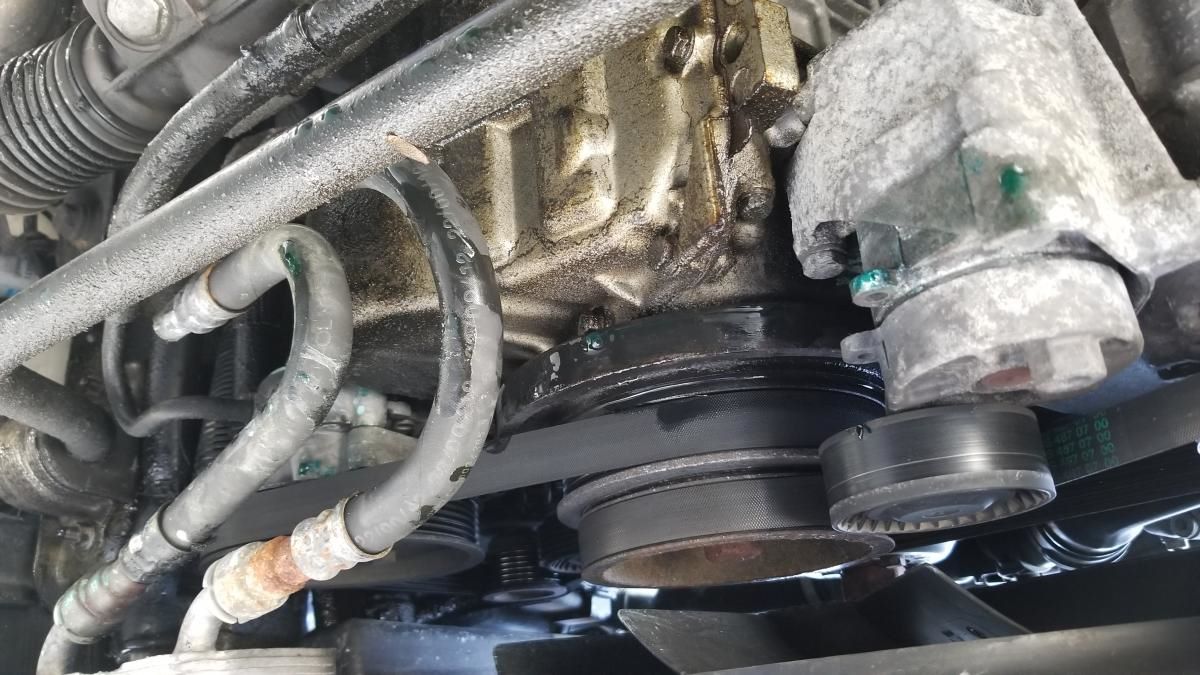
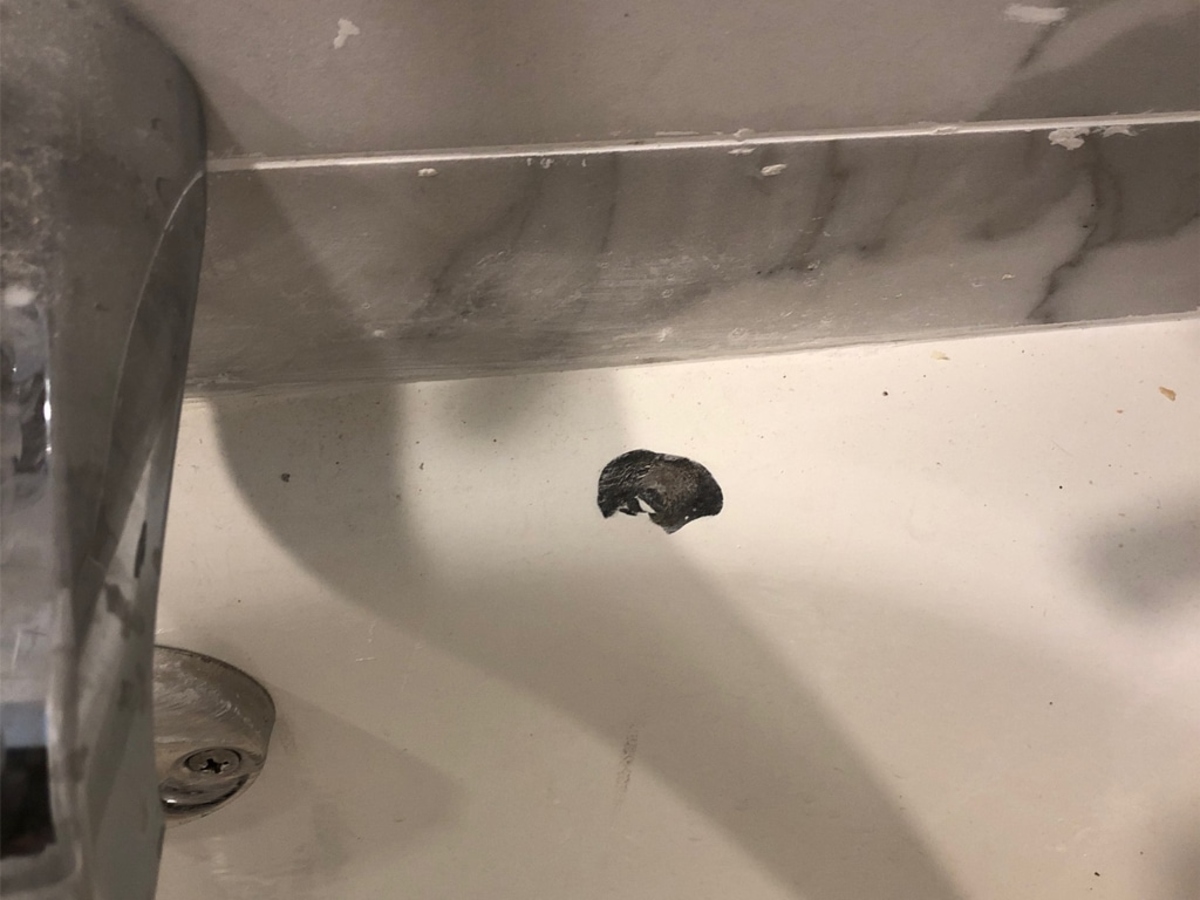
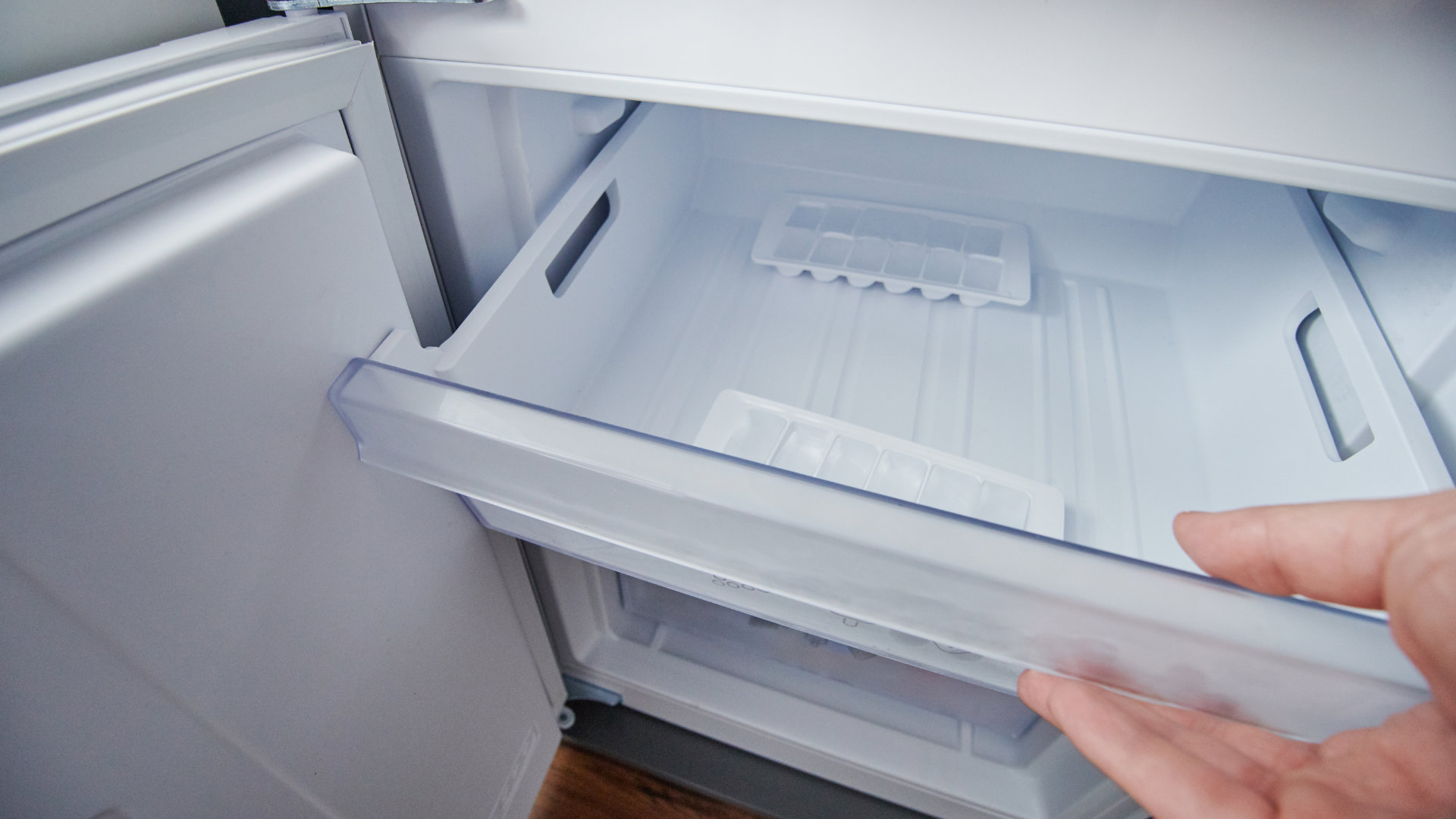
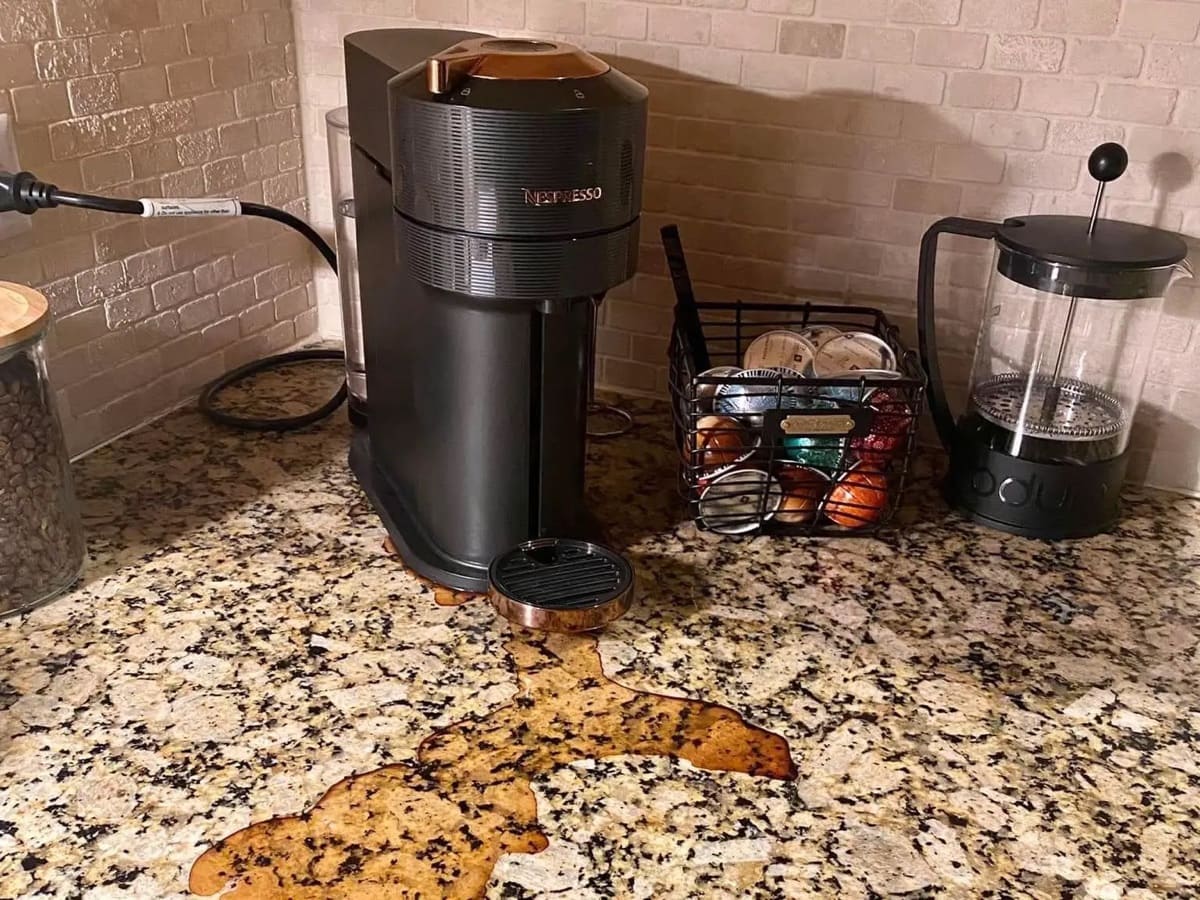
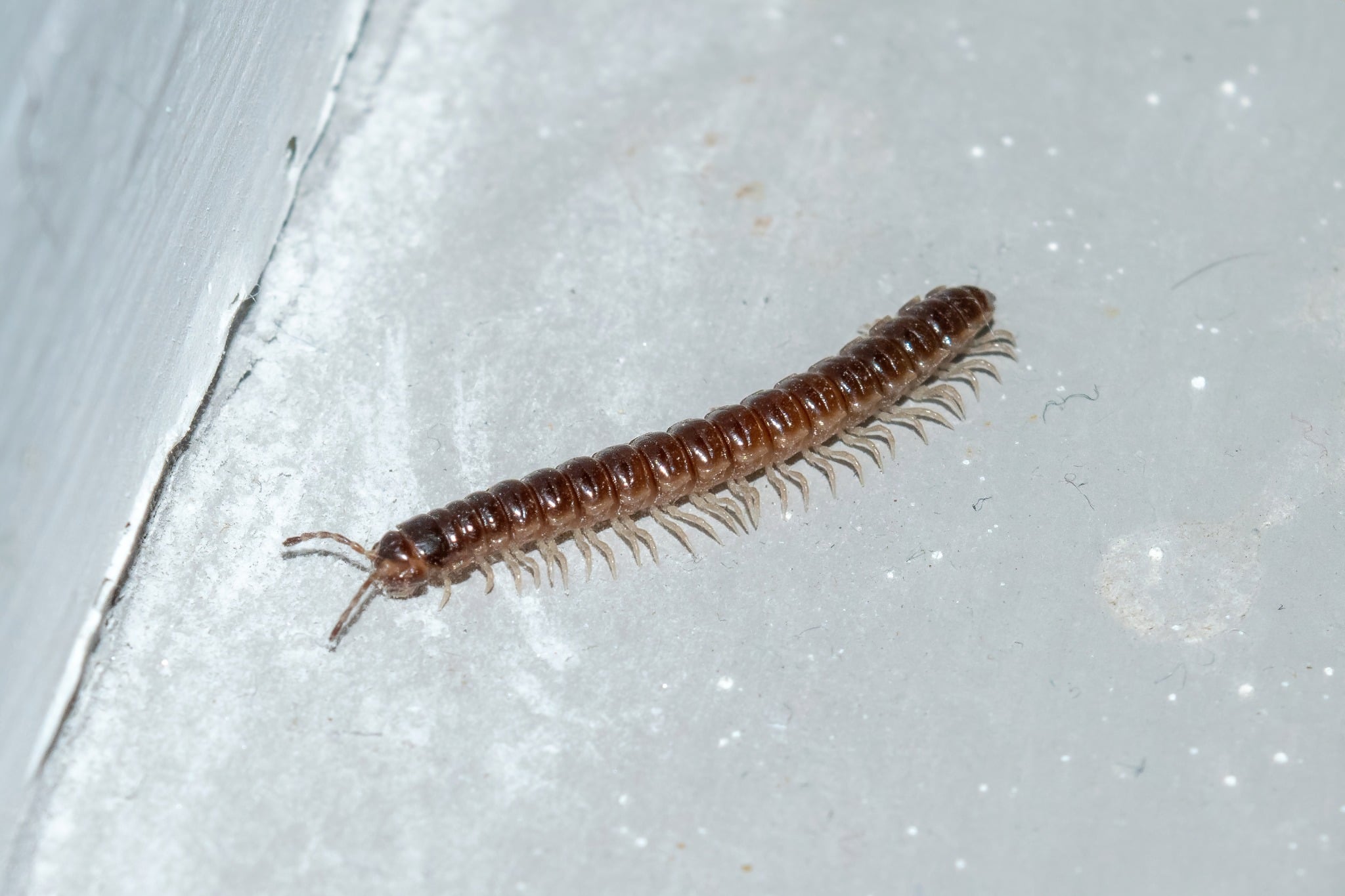
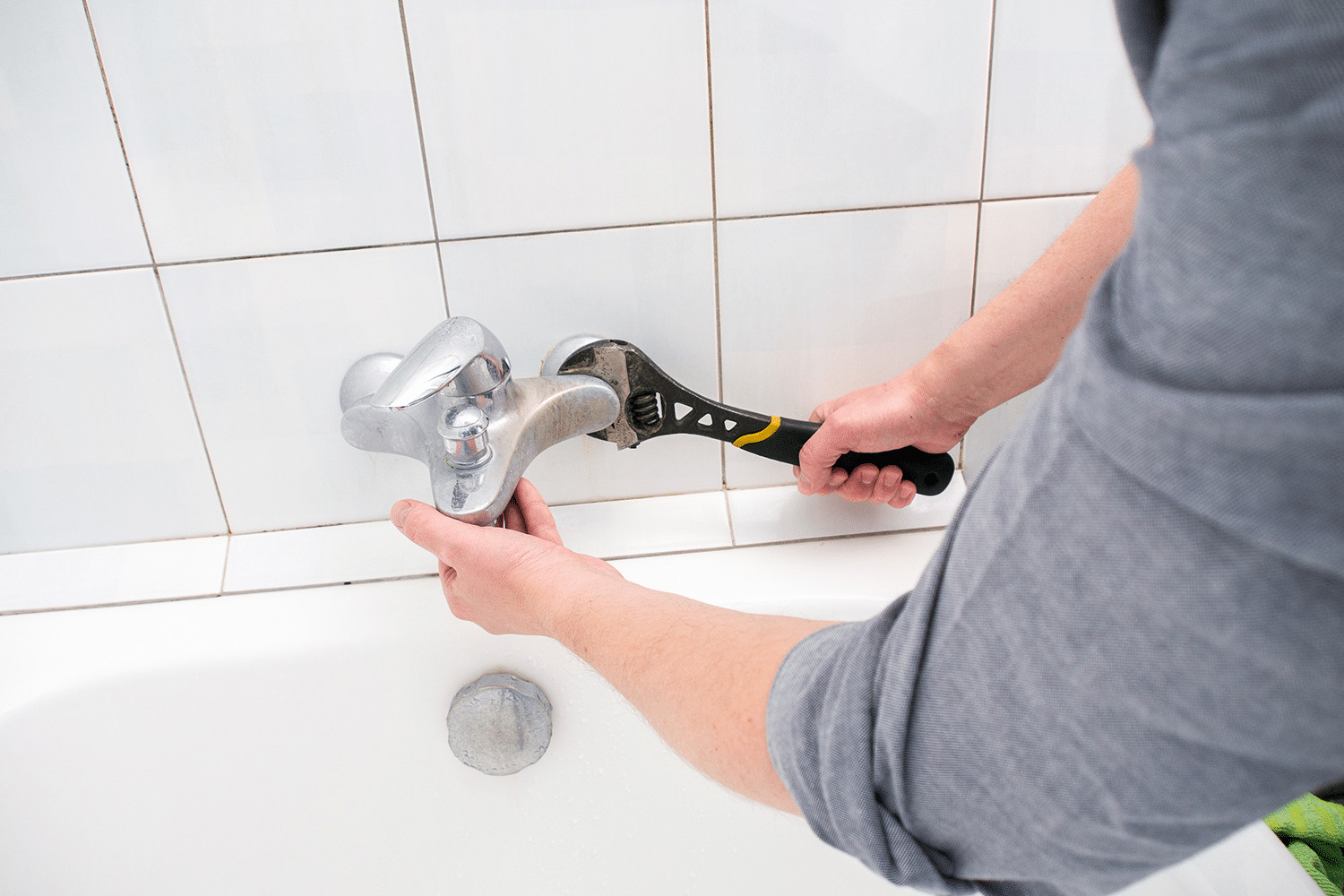

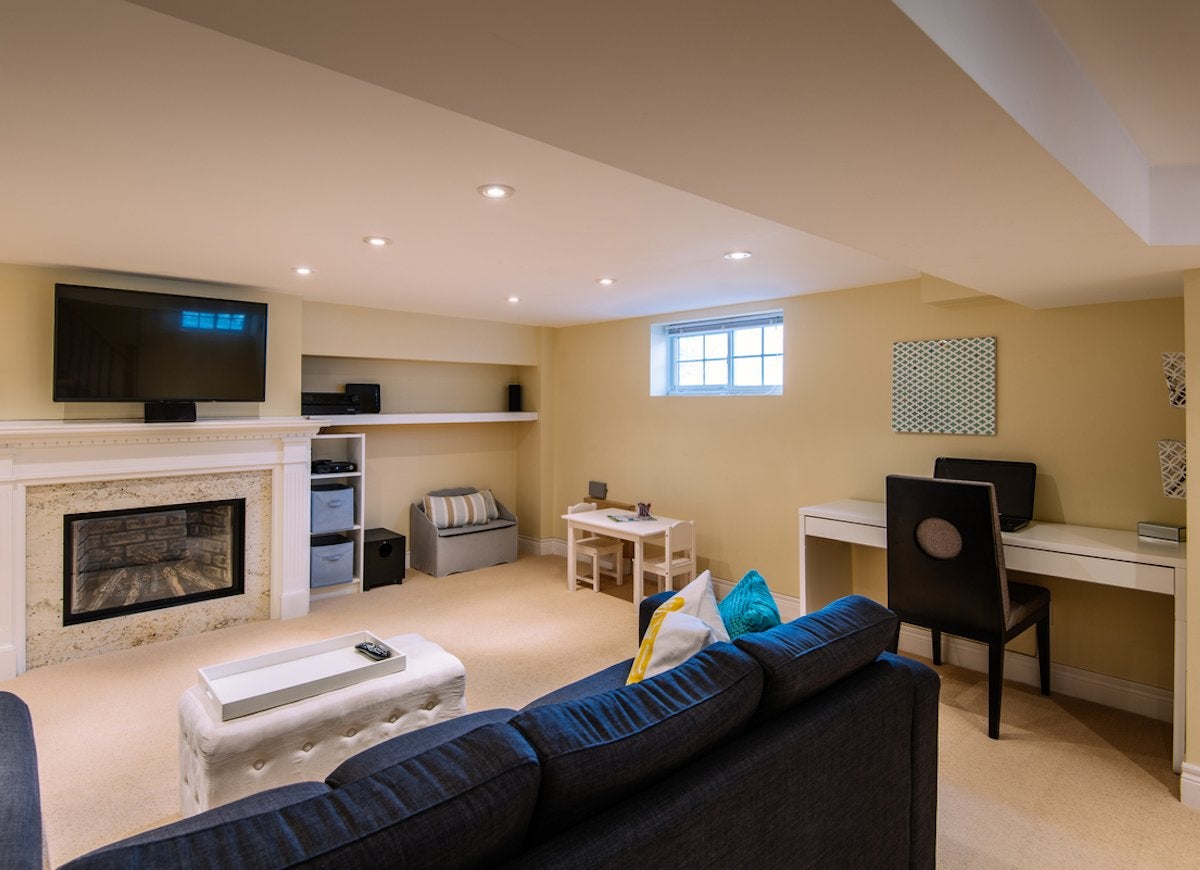

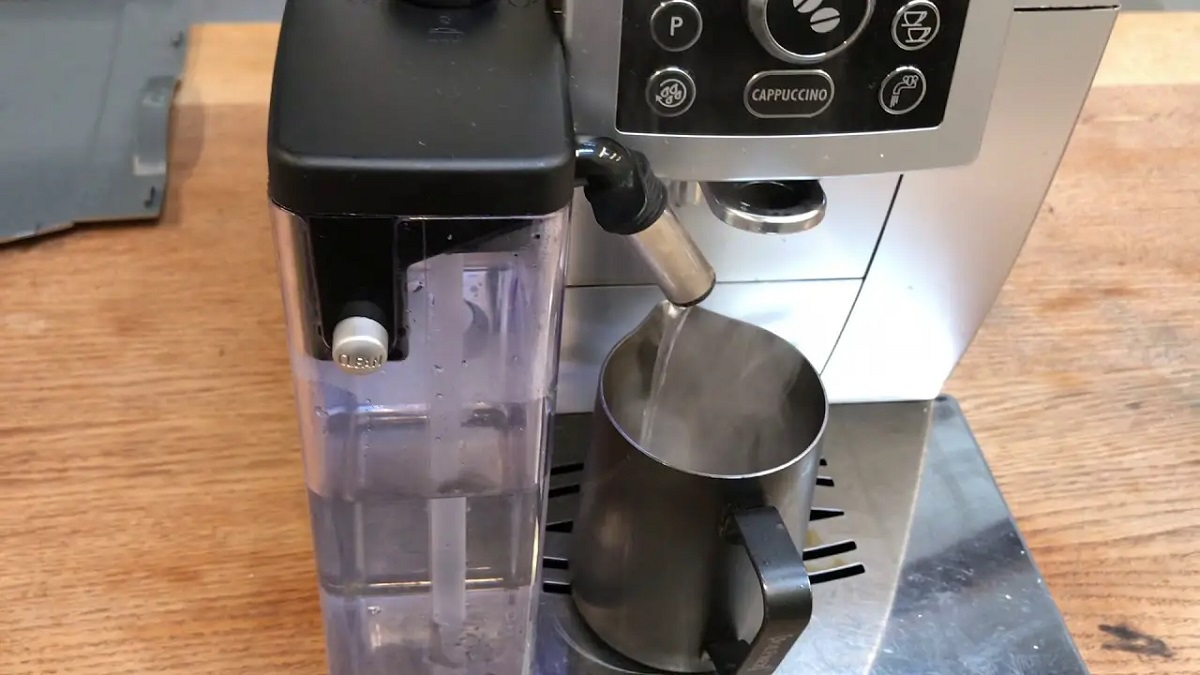
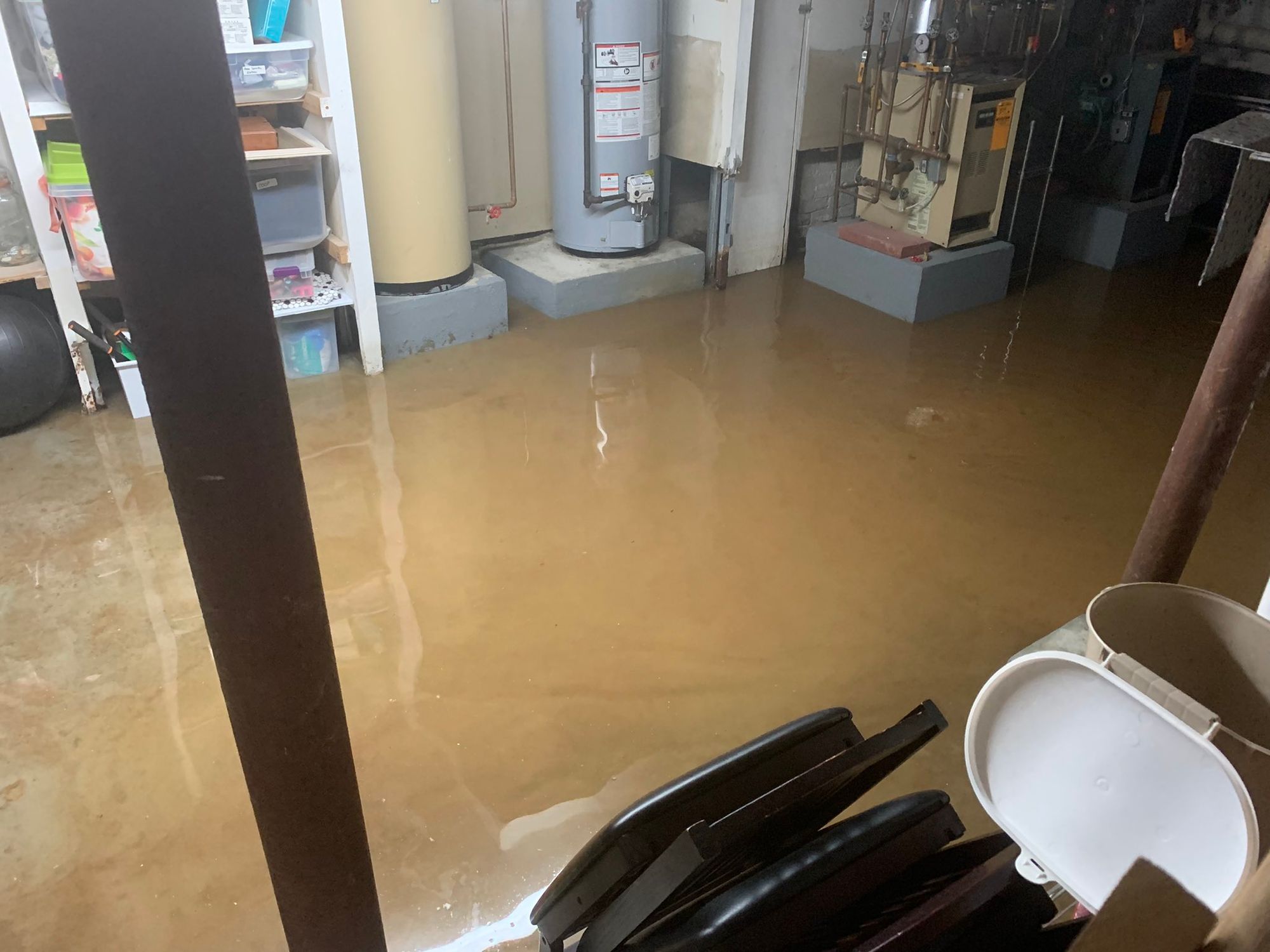
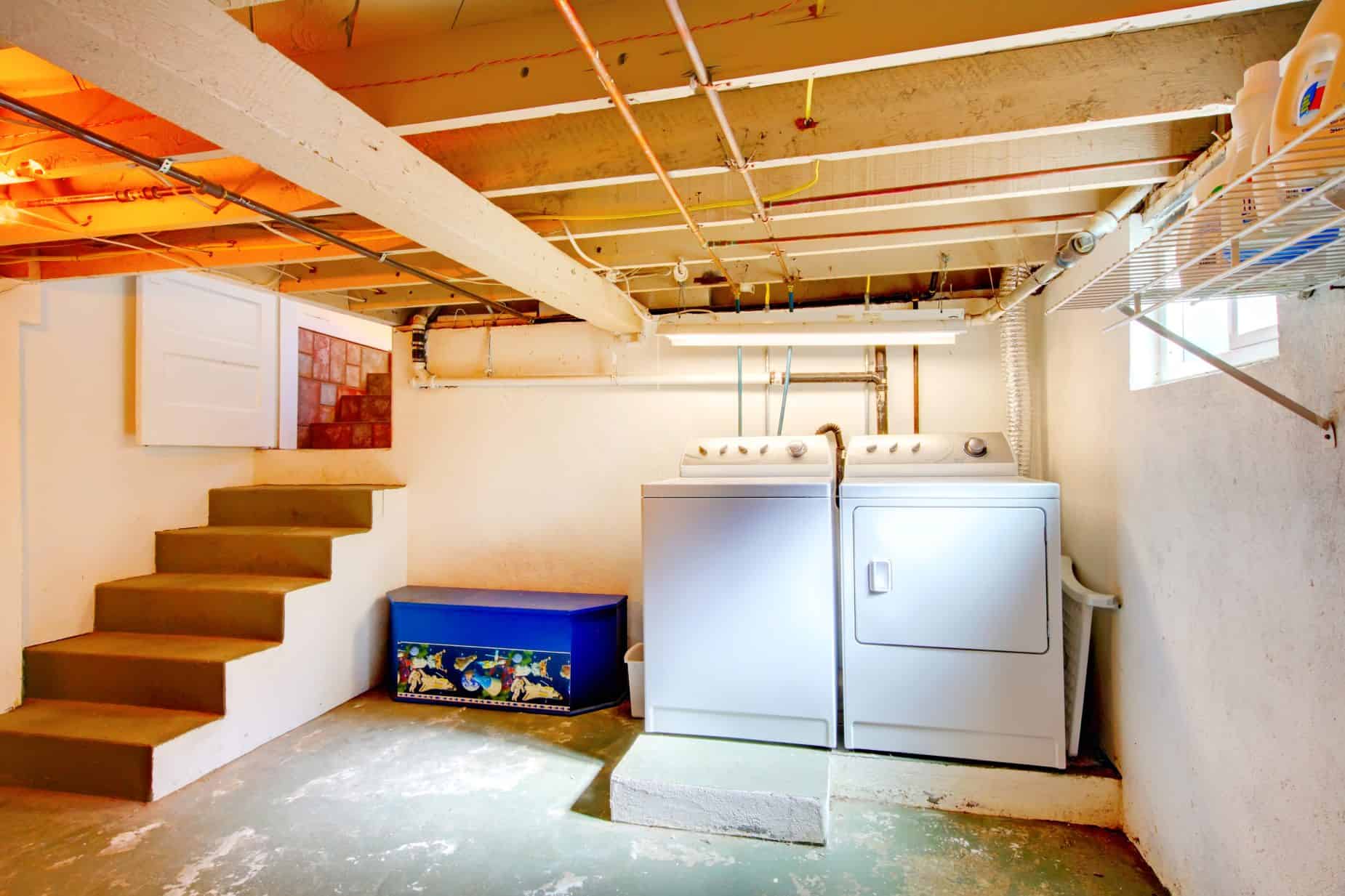
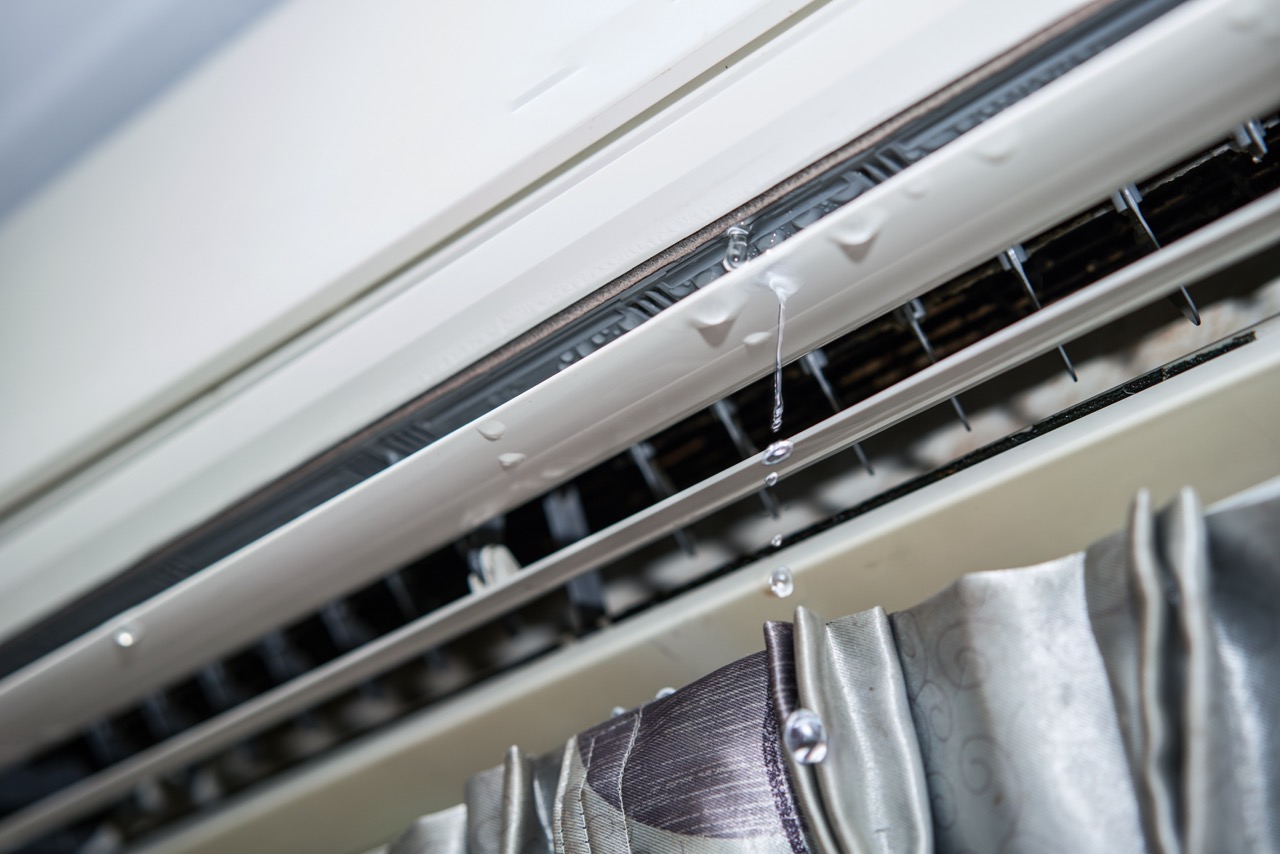
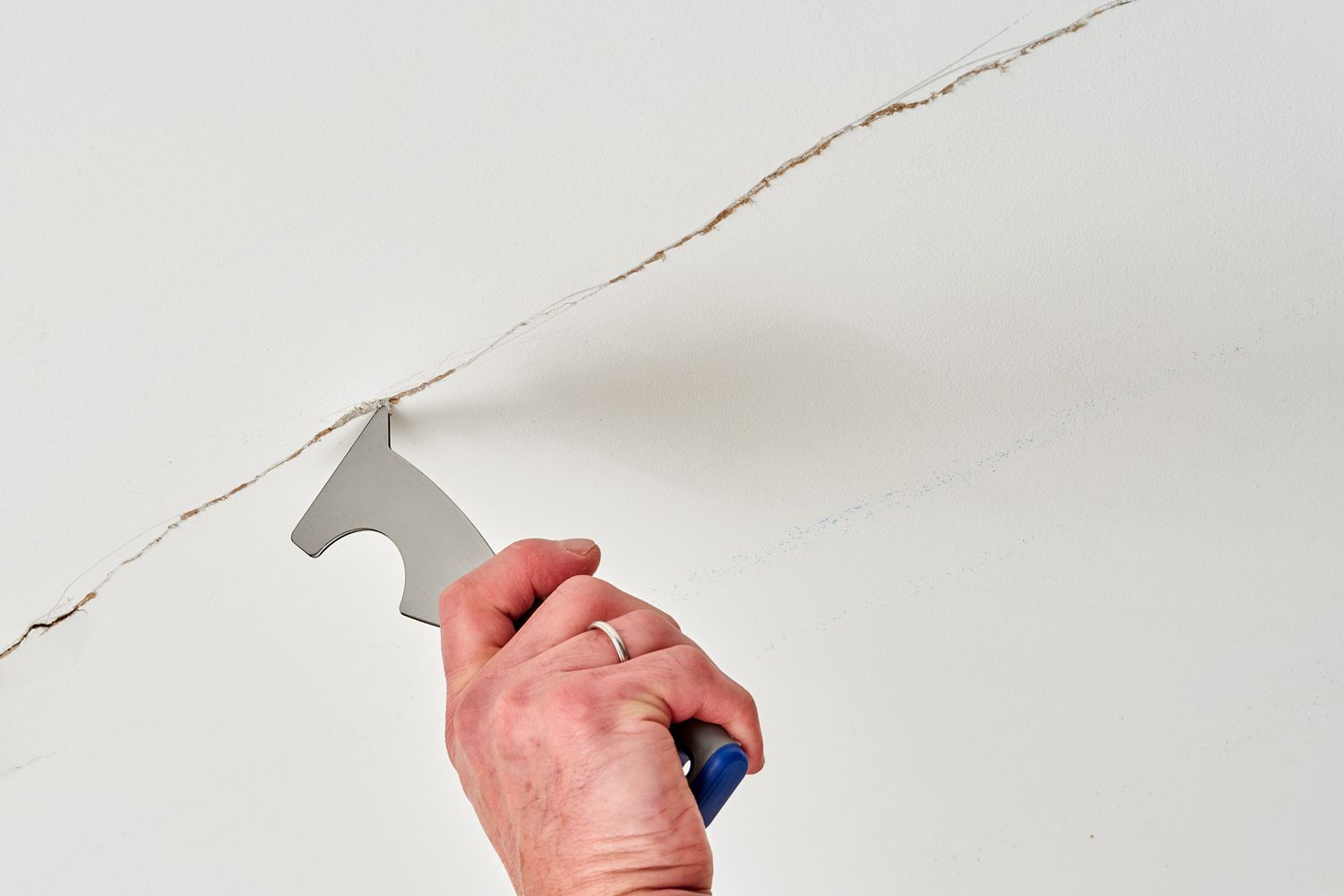

0 thoughts on “Why Is My Basement Ceiling Leaking”